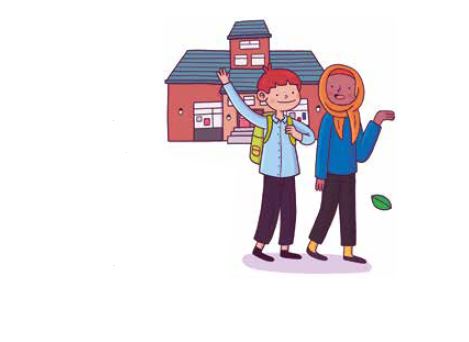Created on: 14 Nov 2019 | Last modified: 15 Jul 2022
In Scotland, the school year starts in August and ends in June. There are various holidays during the year, and a long summer holiday during late June, July and early August, when there is no school. Schools are open 190 days per year.
|
Place of learning |
Who it’s for |
When they attend |
|
Nursery |
Children aged 3 or 4 |
Children in Scotland who are aged 3 or 4 years old (and some who are 2 years old) have a right to 600 hours per year of early learning and childcare. This usually means around 16 hours per week during term time. |
|
Primary School
Primary 1 – Age 5* Primary 2 – Age 6 Primary 3 – Age 7 Primary 4 – Age 8 Primary 5 – Age 9 Primary 6 – Age 10 Primary 7 – Age 11
(*Sometimes children start school at age 4 depending on when their birthday is.) |
Children aged 5 – 12 |
Monday – Friday, usually around 9am – 3:30pm, 190 days per year.
Schools close for holidays over winter and summer, and at various points during the year. Check with your local council when your local schools open and close, or with the school itself. |
|
Secondary School Secondary years 1-4 are mandatory – children must go.
Secondary years 5-6 are optional - children choose to go. |
Children and young people aged 12 – 16
Young people aged 16 - 18 |
Monday – Friday, usually around 9am – 3:30pm, 190 days per year.
Schools close for holidays at various points during the year. Check with your local council when your local schools open and close, or with the school itself. |
|
Further Education College
College is optional for young people aged 16 or over who qualify for entry. |
Young people aged 16 and over |
Times vary – it depends on the young person and what they are studying.
Some students can attend for free. Check with the college. |
|
Higher Education Institution (University)
University is optional for young people aged 17 or over who qualify for entry. |
Young people, usually aged 17/18 and over
|
Times vary – it depends on the young person and what they are studying. Some students can attend for free.
Young asylum seekers may be able to access a scholarship to undertake learning at university. Check with the university. * For further information see appendix. |
In primary schools, pupils usually have most of their lessons in one classroom, and also some time learning in the school library, gym or computer room. They usually have the same teacher for most of the time. The school day usually runs from about 9am until about 3:30-4.00pm, from Monday to Friday, although every school has its own timetable.

Some schools close at lunchtime on a Friday. Your school will provide your child with a timetable with information about when school starts and finishes each day and on the timing of lessons.
In secondary schools, pupils usually move between classrooms for different lessons, and have different teachers for different subjects. Their timetable will tell them which classroom to go to for each lesson and will usually tell them the teacher they will have for each too.
Most schools have an outdoor play area, called the playground. This sometimes has play equipment, a garden or a shelter. Children are able to spend time playing during the morning break and at lunchtime; and there is sometimes an afternoon break too. Many lessons will involve play too.
Parents/carers of children who are registered with a school need to tell the school if their child will not be at school because of illness or any other reason.
This is so that the school knows that children and young people are safe when they are not at school. If your child has to be absent from school you should let the school know why, either by phone-call or email, on the first day that your child is absent, or by letter when they return to school.